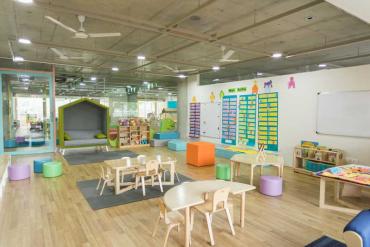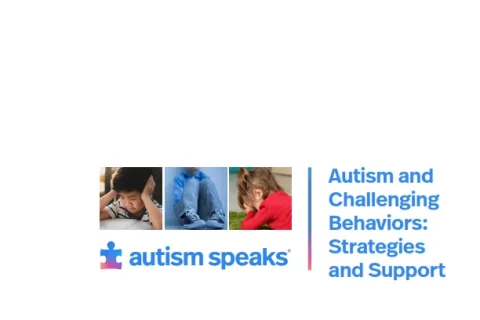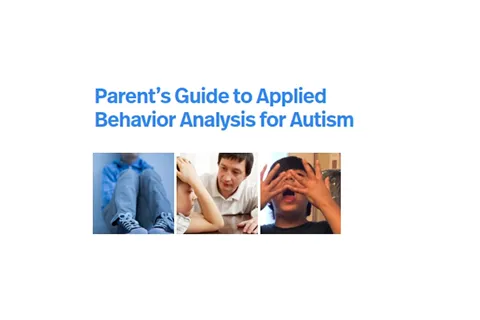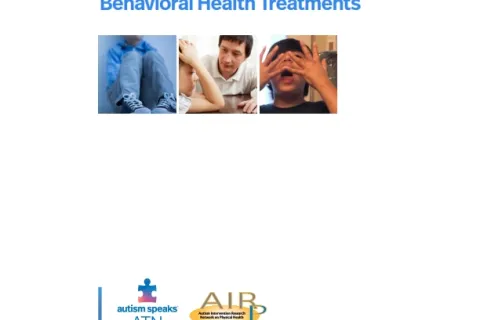Autism in the classroom: Strategies for success
School Community Tool Kit
Strategies for success when teaching students with autism
- Be calm and positive. Model appropriate behavior for the student with autism, as well as for other students, by greeting him and engaging him in a respectful way.
- Be aware of the characteristics of autism and general strategies - for quick reference reminders use the resources included in the School Community Tool Kit.
- Use the “About Me” information sheet to get to know relevant facts about each particular student’s likes, fears, needs, etc.
- Ask specific questions regarding safety and impulsivity. If you haven’t received one, ask the school team whether there is an “About Me” information sheet available for each student with autism in your classroom.
- Promote a welcoming environment, and provide opportunities for your student (and others!) to develop social interaction skills and extended learning
- Teach understanding and acceptance—see the Resources section of this kit for suggested reading, including books and programs to use with the students.
- Pair the student with peers who are positive role models
- Allow times for students to work in pairs and/or small groups
- Be aware that students with autism can become isolated within the classroom (interaction only occurring between an aide and student) and be on the lookout to prevent it by working with the students and the paraprofessional to support social exchange among peers
- Students with autism may not be socially savvy; therefore, if a student is being bullied or tortured quietly, he is likely to react or respond – but may not do so in a way that seems appropriate or is easy to recognize. Consider the student’s communication difficulties and make every attempt to fully understand the situation before reaching judgment regarding fault or behavior.
- Ensure that organization, communication and sensory issues are addressed (see the General Strategies and Classroom Checklist in the School Community Tool Kit)
- Establish clear routines and habits to support regular activities and transitions. Alert the student to changes in routine, staffing, etc., in advance, whenever possible.
- Consider seating - situate the student for optimal attention to instruction or sensory needs
- Pay particular attention to the general strategies outlined for supporting communication and organization (simple directions, wait-time for processing verbal requests or directions, visual schedules, prompts and cues, etc.)
- Be tuned into sensory issues that may effect the student in your particular class (for example, echoing locker rooms and loud, fast activity can make P.E. over-stimulating and overwhelming)
- Provide written rules or pictures of expectations of behavior in the classroom, including ‘unwritten’ conventions if necessary. Work with the student’s team to incorporate social narratives to help a student understand a rule or expectation. Learners with autism often increase compliance if they understand why a rule exists (for example, It is important to remain quiet - no noise or talking - while the teacher is speaking. If it is noisy, the students will not be able to hear her.).
- Use descriptive praise to build desired behaviors (for example, ‘I like the way you put your trash in the trash can!’)
- Give positive directions; minimize the use of ‘don’t’ and ‘stop.’ ‘Please sit in your seat’ can be more effective than ‘Don’t stand up.’ This lets the student know exactly what you would like him to do.
Learn strategies for success for teachers by subject, as well as all members of the school community, in the Autism Speaks School Community Tool Kit.









